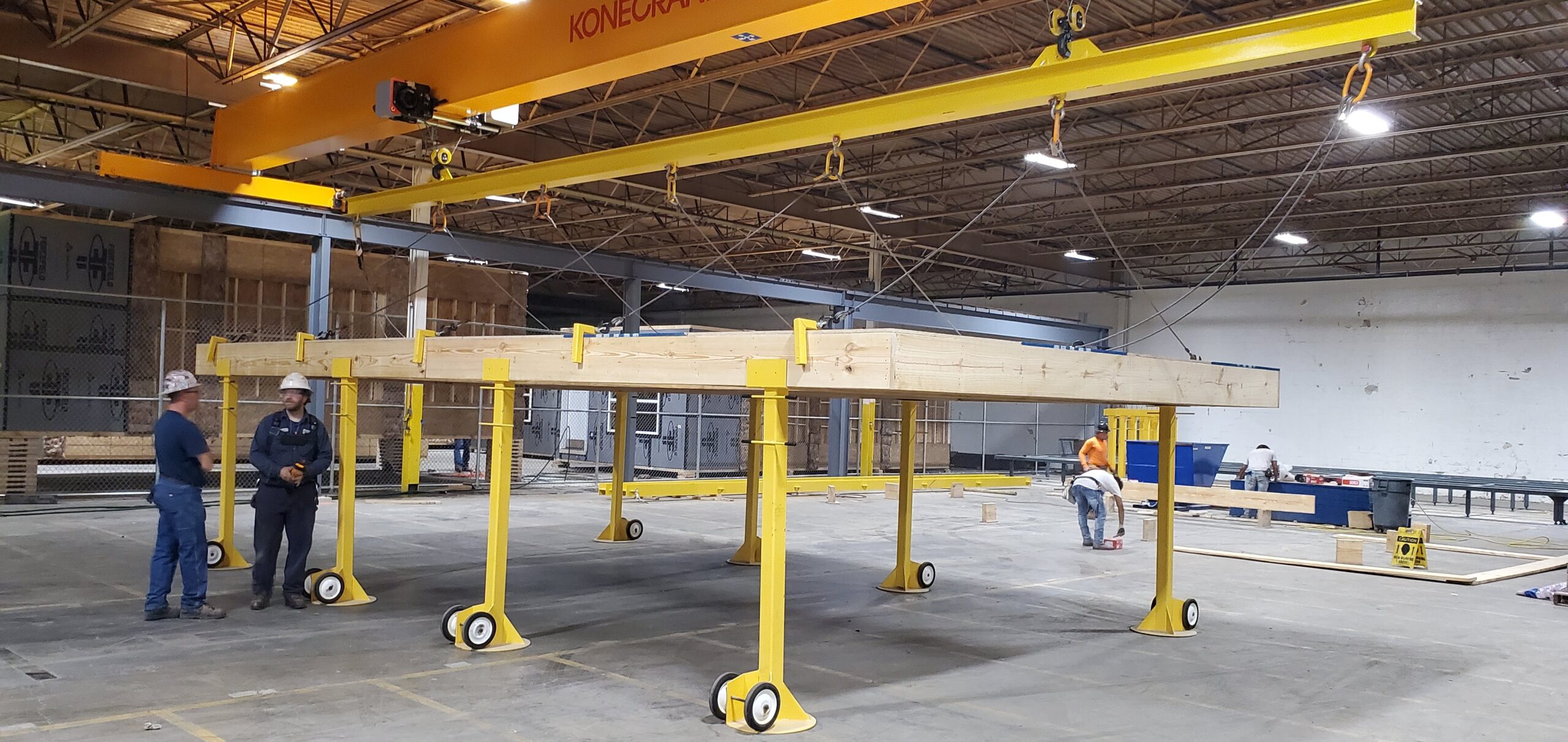



Project Management Case Study
Industry
Construction
Client
Confidential
Initial Situation
The client faced recurring delays and inefficiencies due to disconnected project schedules, inconsistent purchasing, and poor inventory visibility. Without a unified system, teams struggled to coordinate tasks, leading to missed deadlines, material shortages, and excess stock.
Challenges:
- Managing complex production schedules with multiple overlapping projects.
- Coordinating purchasing activities to ensure timely availability of materials.
- Keeping track of inventory levels to avoid overstocking or stockouts.
Objectives:
- Streamline production scheduling to improve efficiency and meet project deadlines.
- Optimize purchasing processes to ensure timely procurement of materials.
- Enhance inventory management to maintain optimal stock levels and reduce waste.
TOC Approach:
- Identifying Constraints:
- Conducted a thorough analysis of the client’s operations to identify key constraints affecting production scheduling, purchasing, and inventory management.
- Critical Chain Project Management (CCPM):
- Applied CCPM principles to prioritize tasks and resources, ensuring that critical tasks were completed on time and that resources were allocated efficiently.
- Buffer Management:
- Implemented buffer management techniques to protect the project schedule from variability and uncertainties. This included time buffers for critical tasks and inventory buffers for key materials.
- Full Kitting:
- Ensured that all necessary tools and materials were available before starting any task, reducing downtime and delays caused by missing components.
Implementation:
- Software Development: Developed a custom software solution tailored to the client’s specific needs, incorporating TOC principles into each module.
- Training and Support: Provided comprehensive training to the client’s team on how to use the new software effectively. Ongoing support was also provided to ensure smooth adoption and address any issues.
Results:
- Improved Efficiency: The streamlined production scheduling module led to more efficient resource allocation and reduced project lead times.
- Optimized Purchasing: The just-in-time purchasing system reduced inventory holding costs and ensured timely availability of materials.
- Enhanced Inventory Management: The buffer management techniques helped maintain optimal stock levels, reducing waste and preventing stockouts.
- Increased Productivity: Overall, the new software solution improved the client’s operational efficiency, leading to increased productivity and better project outcomes.
Lessons Learned:
- Tailored Solutions: Custom software solutions that incorporate TOC principles can significantly improve operational efficiency in modular manufacturing.
- Continuous Improvement: Ongoing support and training are essential for successful software adoption and continuous improvement.

